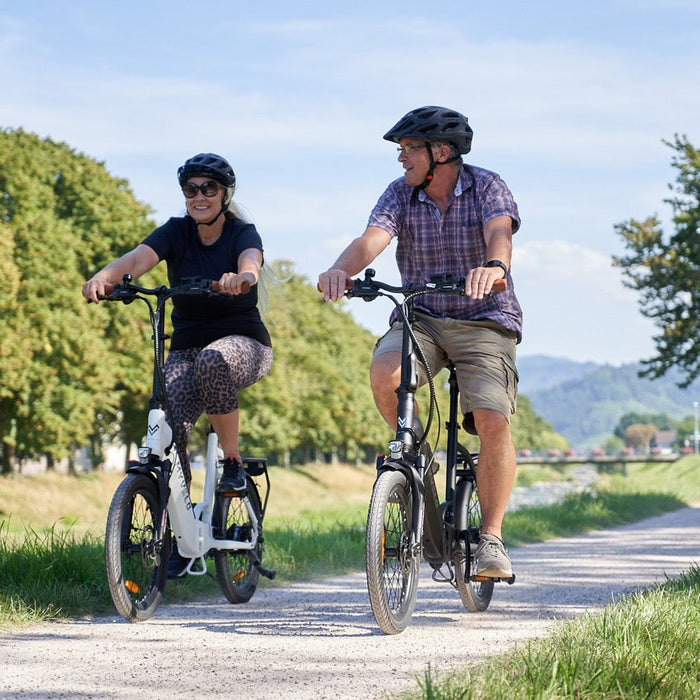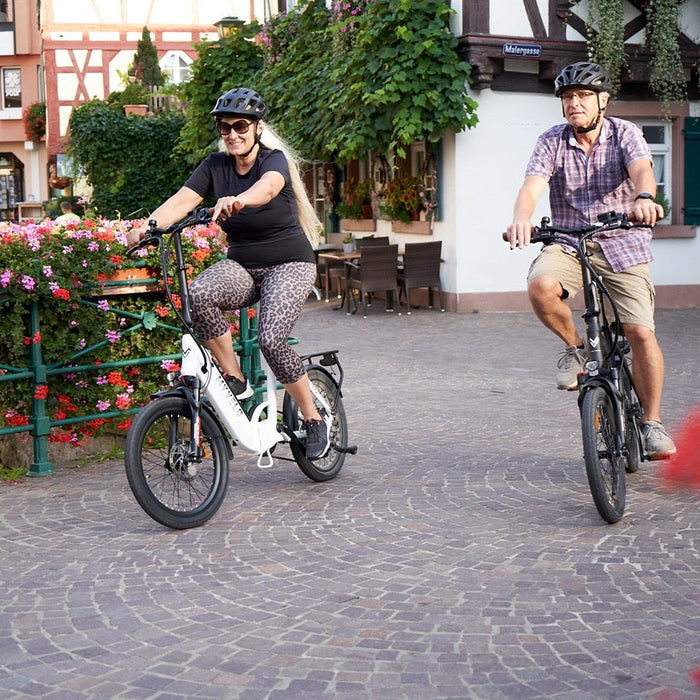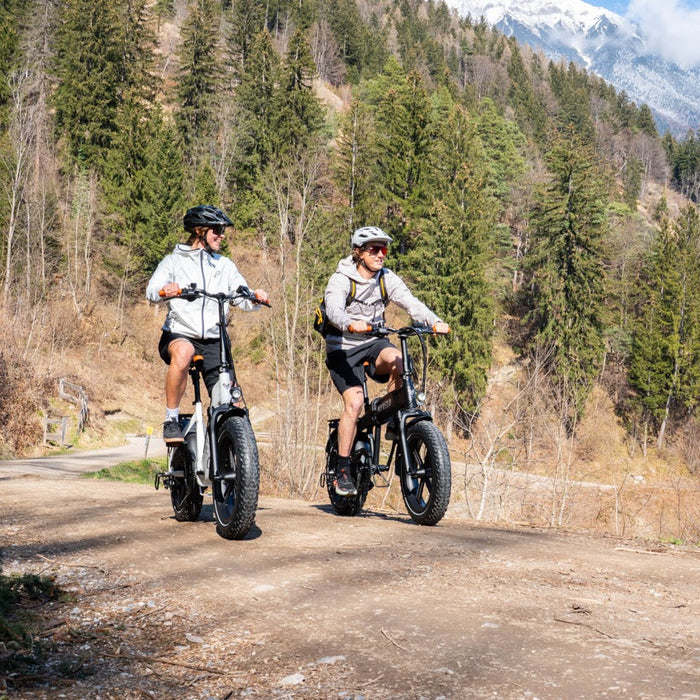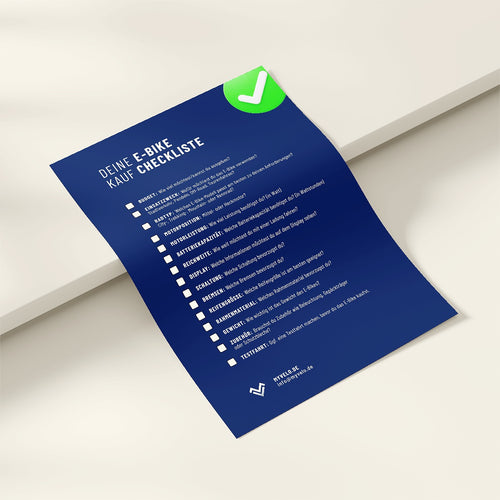A carcass tire refers to the structure or backbone of a bicycle tire or car tire. The carcass is the basic framework of the tire upon which the tread and tread pattern are built.
The carcass is usually made up of different layers of fabrics, typically made of nylon, polyester or other materials. These layers are interwoven and provide strength, structure and shape to the tire. They are responsible for the tire's load-bearing capacity and its ability to hold pressure.
The casing also determines important properties of the tire, such as its flexibility, durability and rolling behavior. The type and number of layers and the materials used can affect the tire's driving characteristics. Tires with a high-quality casing tend to offer a comfortable ride, good control and a lower likelihood of punctures.
The construction of the casing can vary depending on the intended use and tire type. For example, road bike tires often have a lighter and more flexible casing to maximize speed and ride comfort, while mountain bike tires may have a more robust casing for better protection against impacts and punctures.
Overall, the carcass of a tire is a crucial part of its construction and influences its performance, durability and driving characteristics.
What functions does the carcass of a tire have?
- Structural stability: The carcass forms the backbone of the tire and ensures that the tire maintains its shape under different conditions, be it under load, at high speed or when cornering.
- Flexibility: Although it provides stability, the carcass also allows for a certain amount of flexibility. This balance between stability and flexibility is crucial for adapting to road surfaces and absorbing shocks.
- Puncture protection: High-quality carcass tires are often equipped with additional protective layers that increase resistance to punctures and cuts.
- Driving comfort: The carcass construction also contributes to overall comfort by dampening vibrations and shocks from the road.
Advantages and Disadvantages of Carcass Tires
Advantages:
- Improved driving characteristics through optimal power transmission and grip.
- Increased comfort and better shock absorption.
- Longer life and resistance to punctures.
Disadvantages:
- Higher quality casing tires can be more expensive than standard models.
- Heavier tires can slightly affect acceleration.
- Choosing the wrong type of tire for your specific use can result in a suboptimal experience.
Alternatives to Carcass Tires
- Tubeless tires: Offer excellent puncture protection and can be run at lower pressure, which increases comfort.
-
Folding tires : They are lighter and easier to transport, making them ideal for road cyclists.
-
Clincher tires : Cheaper and more robust, but heavier and more difficult to mount.
Tips and Tricks
- Check the condition of your tires regularly to make sure the casing is not damaged.
- Experiment with tire pressure to find the ideal balance between comfort, grip and efficiency.
- When choosing new tires, consider both the conditions in which you drive and your personal driving style.





